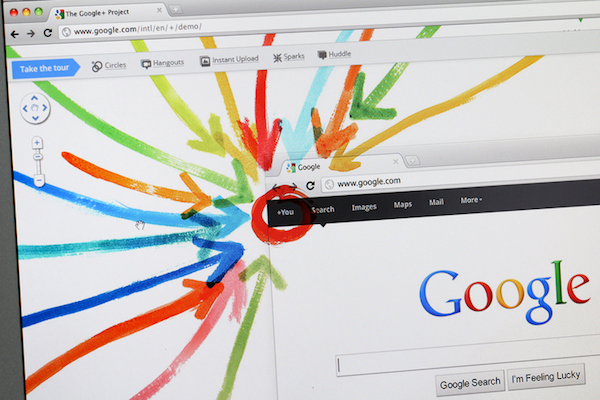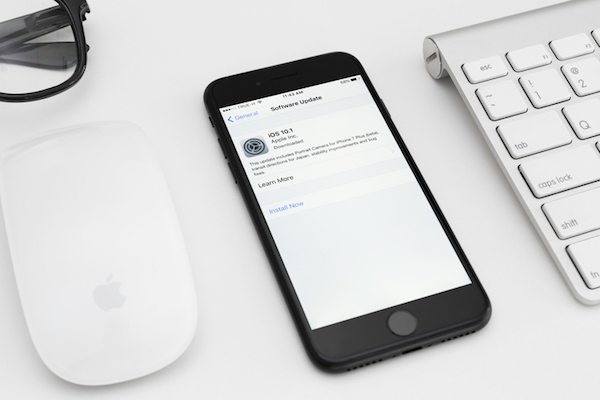
Screen Time (iOS 12)
Later this year, Apple is set to take parental control options to the next level with the Screen Time feature for iOS 12
Screen Time for iOS 12 is due out this fall (public beta, late June 2018) – and all I can say is I feel really bad for parents who didn’t get to take advantage of this feature. Sure, Apple is a bit late to the parental control party, but their appearance is anticipated because their user base is massive (obviously) and ease of access is extremely important, especially now that we know how addictive smartphones can be for adults and children alike.
Features:
One of the main features of Screen Time will be Activity Reports, which show users how much time they’ve been spending on their device (iPhone/iPad), and where they’ve been spending it (internet browsing, entertainment, social media, productivity apps, etc). These reports will be created daily and weekly while keeping track of app usage and the frequency of overall device usage (i.e. how many times did you actually pick up you iPhone/iPad).
The Activity Reports feature is a step in the right direction as it puts the power of data in the hands of the user so she/he can make better decisions digital decision (so to speak). Furthermore, the App Limits feature will allow users to actually limit time spent in one app or the other (or even a category of apps, like social media for instance). For example, if you’re lost in a Reddit thread or you plunge down a YouTube rabbit hole, a notification will pop up on your screen to attempt to bring you back to reality.
Now all of this sounds really good, and I fully believe these features will be helpful for those of us who understand the consequence of digital device overuse. But what about the kids? Here’s where the new parental control options come into play.
Parental Control Options:
Screen Time is set up to give parents the upper hand in monitoring the device usage of their children. Parents will be able to access the activity reports of their children right from their own iOS devices, which will help them gather their own data and use the feature accordingly. Furthermore, Screen Time is an “account-based” feature which will work across every iOS device in your child’s possession.
Some of the other parental control features include:
- Remote configuration
- Scheduling
- Time limits on specific apps
- Ability to choose which apps children have access to

Live in Your OcularPrime:
The default (built-in) option is definitely the right way to go for Apple’s parental control options, especially with the amount of similar apps that are (or will become) available at the app store. If Apple presents a smooth user experience to its faithful user base, there’s no doubting Screen Time’s eventual success, especially with parents.







